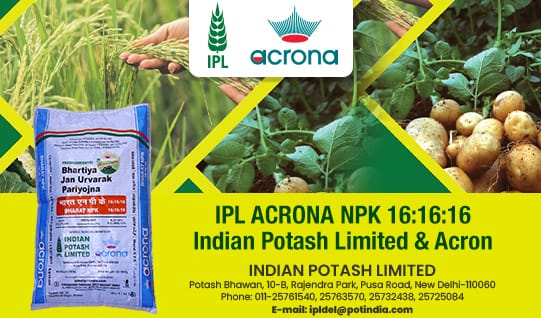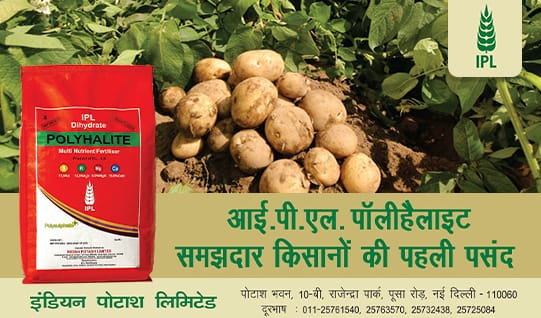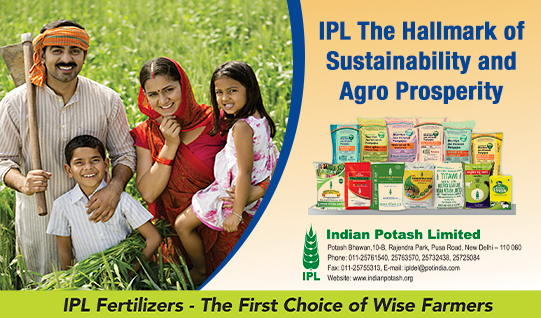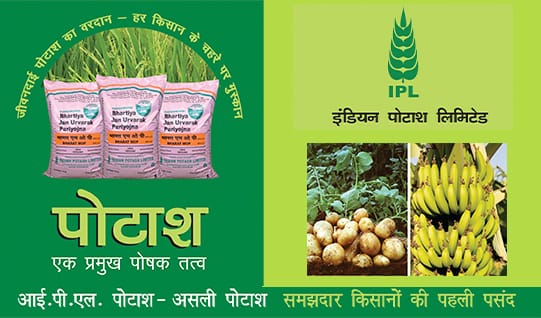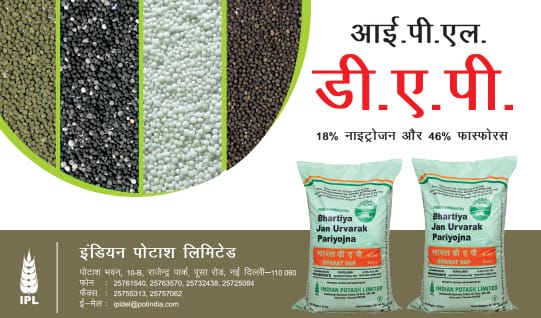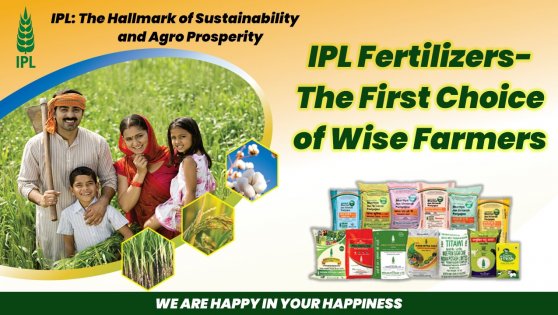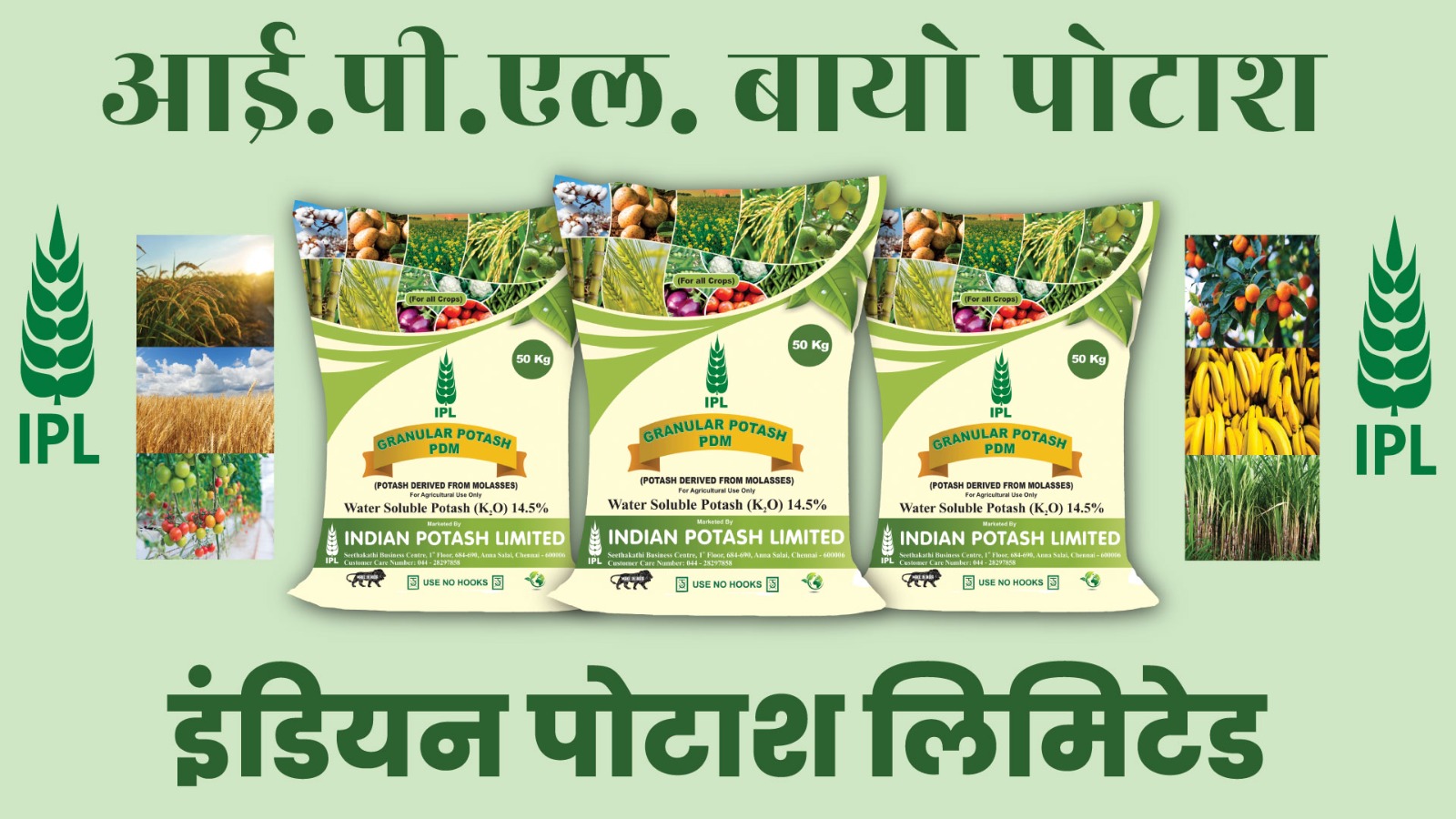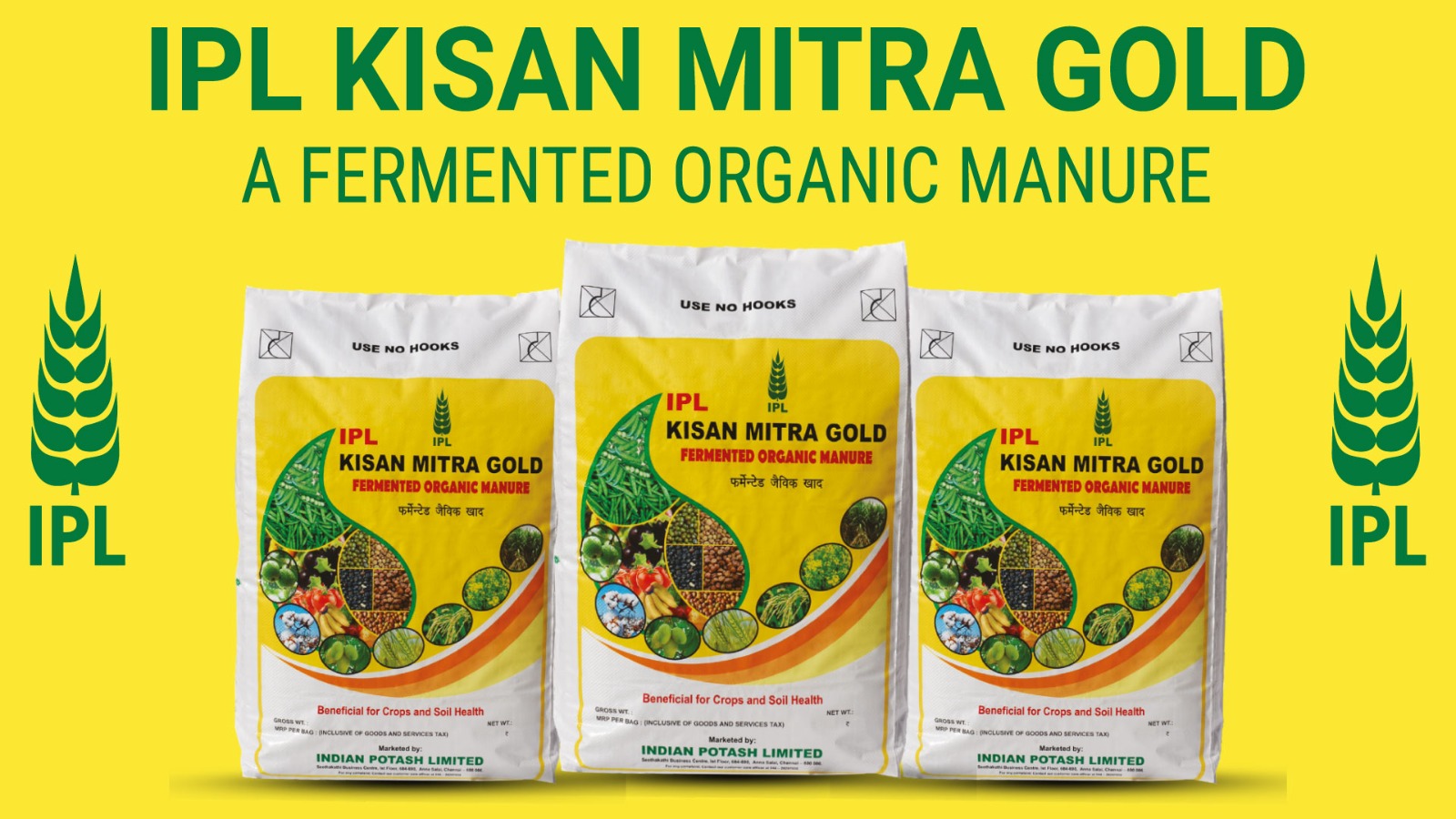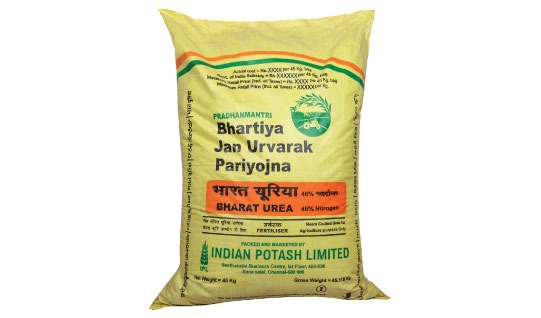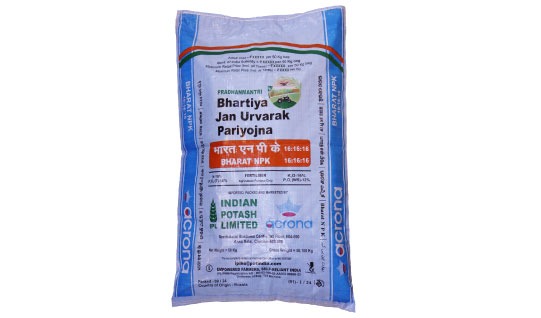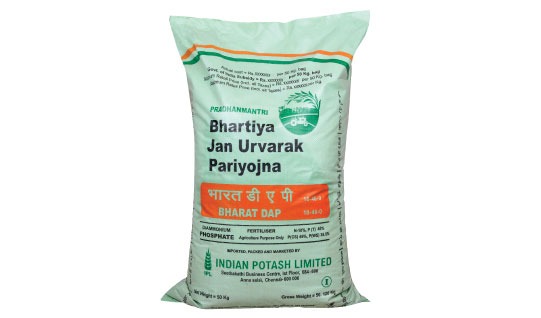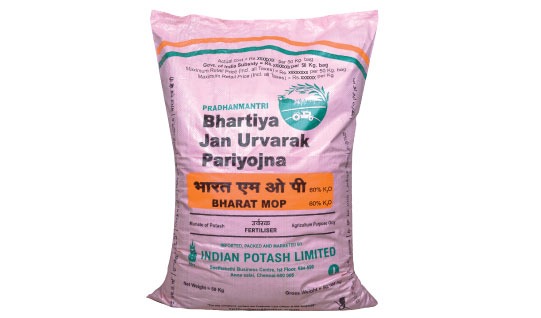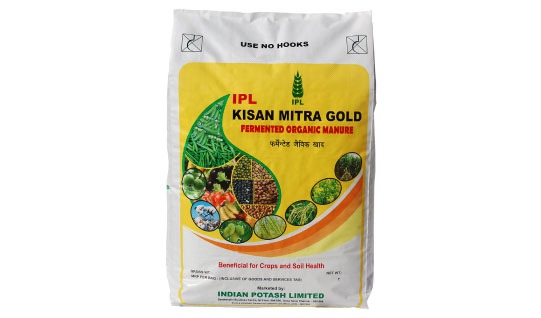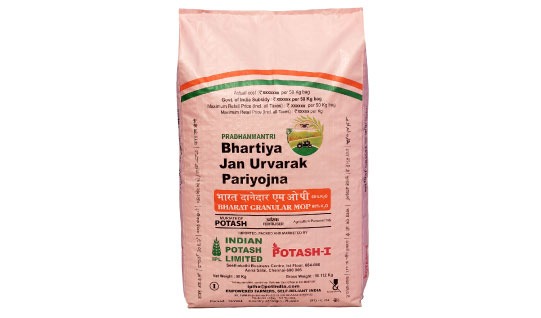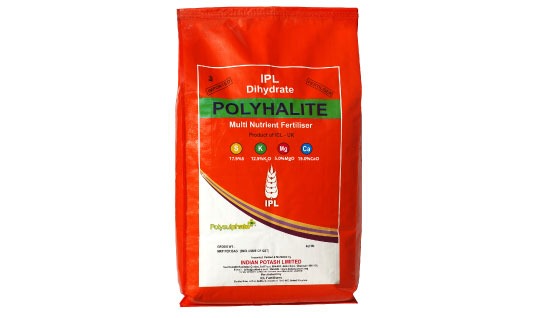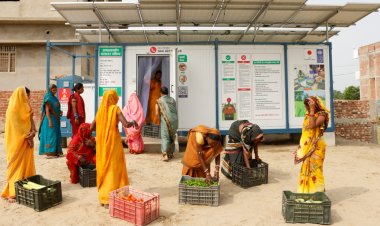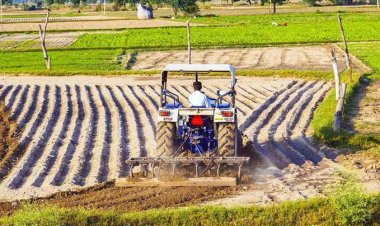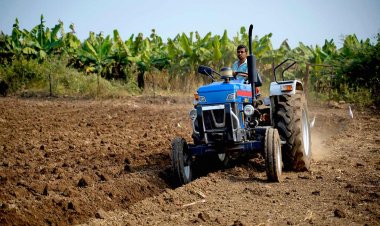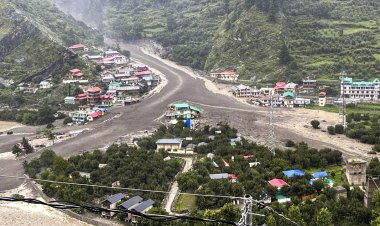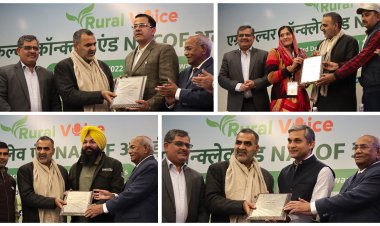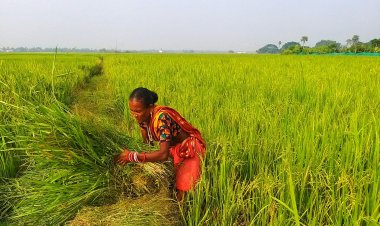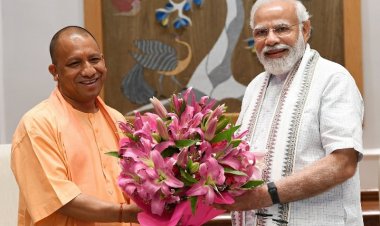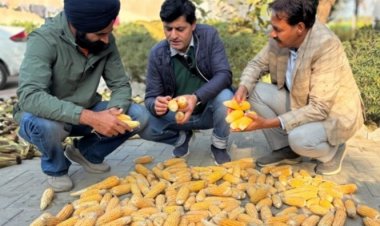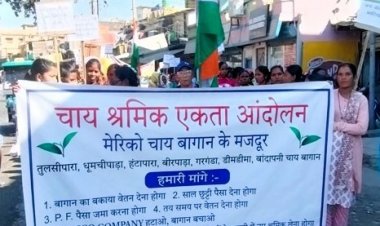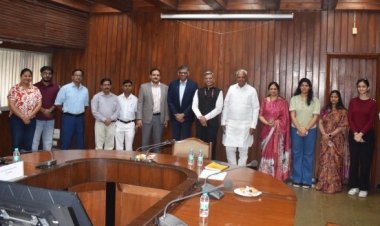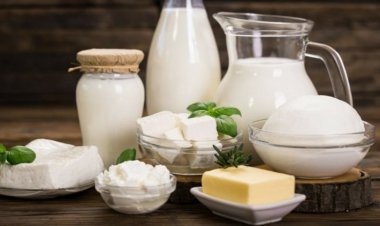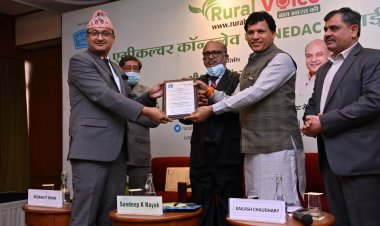How India's Agricultural Sector Factors into the U.S. Reciprocal Tariff Policy
India must now move swiftly to identify and exploit opportunities in both the U.S. and global markets to stay competitive and progress steadily toward its "Developed India @2047" goal.
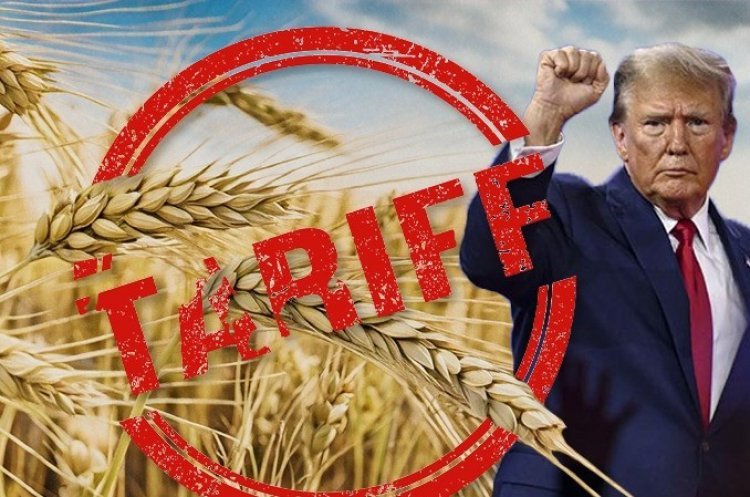
The slogan "Make America Great Again" given by U.S. President Donald Trump made it clear from the start that the U.S. would modify its tariff system to correct trade imbalances. India had anticipated this move and had already been exploring pathways for mutually favourable trade agreements with the U.S. to ensure that its "Developed India @2047" goal remains on track. However, the new reciprocal tariff regime announced by the U.S. administration in April 2025 has emerged as a potential roadblock.
Since many experts and economists have predicted that the new tariff regime may have a minor impact on India’s growth rate, there is no cause for alarm. Several other Asian countries are expected to be more affected, as they face steeper tariffs. After Japan (24%), India faces the second-lowest announced tariff rate at 27%. Presently, countries including India are actively debating on what the future global market structure might look like.
The Trump administration’s imposition of a 145% tariff on Chinese exports, followed by China’s retaliatory 125% tariff on U.S. goods, has effectively laid the groundwork for a "trade war." This escalating situation may very well usher in a "new trade order" globally. Amidst these concerns, Nobel Laureate and American economist Michael Spence believes that India is swiftly advancing towards becoming the world’s third-largest economy, given its immense potential across multiple sectors.
India has witnessed the agricultural revolution, achieved significant milestones in space research, and now stands at the forefront of a connectivity revolution while consistently progressing in science and technology. These accomplishments reinforce the belief that India possesses the required capabilities of a developed nation. Therefore, we firmly believe that India can successfully navigate the changing global trade dynamics.
India must now move swiftly to identify and exploit opportunities in both the U.S. and global markets to stay competitive and progress steadily toward its "Developed India @2047" goal.
Empowering Agriculture for Developed India
The Indian agriculture sector is a key pillar of the country’s economy, contributing around 15-18% to the gross domestic product (GDP). It remains the largest source of employment for unskilled, semi-skilled, and skilled labor. Hence, without empowering agriculture, achieving the vision of a developed India is not possible. The sector must become more skilled and market-oriented.
According to data from the Ministry of Commerce and Industry, India exported agricultural products worth $52.5 billion in FY 2023 to several countries, namely, U.S.A., UAE, China, Bangladesh, Saudi Arabia, Vietnam, Iraq, and Malaysia. However, this is still far below the sector’s potential. India must aim to raise this figure to $100 billion. In addition to traditional export commodities, India must work intensively to capture market share for products like biofuels, soymeal, grape wine, fruits, flowers, mozzarella cheese, goat and camel milk, agricultural machinery, and animal products.
As India’s agricultural sector becomes more market-oriented, it will also need to strengthen its resilience to the challenges posed by the anticipated "new trade order." This sector will have to deal not only with tariff fluctuations but also with stringent "Sanitary and Phytosanitary" (SPS) standards in global food trade. Failing to meet these standards weakens India’s position in international markets. Therefore, capable farmers and stakeholders in agriculture must be educated and made aware of producing quality-standard products, maintaining competitive pricing, and becoming reliable exporters.
Achieving this cannot be done in isolation. A collaborative strategy involving farmers, scientists, and the public and private sectors must be developed on priority. Each of these players brings unique strengths that complement each other. Collective efforts can improve production efficiency, supply quality inputs, diversify products according to market demands, develop supply and value chains, and reduce logistics and energy costs. Promoting collective efforts is essential for gaining a significant global market share.
Special care must be taken to ensure that small and marginal farmers, who constitute 85-86% of India’s farming community, are not left behind. Their access to domestic and international markets is limited. These farmers must shift from "subsistence farming" to adopting secondary and specialty agriculture skills to produce affordable and high-quality products with global appeal. Empowering them through farmer producer organizations (FPOs) and cooperative groups is essential for connecting them with public and private sector stakeholders, enabling their products to reach broader markets. Farmers and their groups must overcome the misconception that the private sector exists only to exploit them. This mistrust can only be resolved through progressive government policies that protect the interests of both farmers and the industry.
We must accept that some form of "trade war" will continue in the future. Therefore, the agricultural sector must continue enhancing its capabilities. To make farming more productive and profitable, modern technologies like precision farming, nanotechnology, vertical farming, protected cultivation, drones, artificial intelligence, modern storage, smart packaging, and e-NAM (electronic national market) are increasingly being adopted. Youth engaged in farming must become proactive and literate and skilled in these technologies.
India has the world's largest youth population. To harness their potential creatively, skill development must be a priority. With better use of modern technologies in agriculture, production can be increased at lower costs, more jobs can be created, and youth should be innovative and connect with global markets. Such youth could help agriculture contribute $1 trillion to India’s economy and accelerate progress towards the $5 trillion economic goal.
In this context, Dr. R.S. Paroda Committee Report 2019 made a significant recommendation: all Krishi Vigyan Kendras (KVKs) and Agricultural Technology Management Agency (ATMA) should be transformed into “Knowledge-Skill-Innovation” centers to develop confident human resources capable of making Indian agriculture more progressive and globally competitive. These centers should also help achieve the 4% agricultural growth target set in the National Agriculture Policy 2000.
Although agri-startups have begun to emerge in India, their number is still relatively low. Most of the start-ups are founded by graduates in engineering or management. Their successes are pointing towards agriculture moving in a new direction and reinforcing the belief that startups can play a crucial role in achieving the United Nations Sustainable Development Goals (SDGs).
This is a promising start, but now agricultural graduates must also develop entrepreneurial skills and step forward to empower the sector. Educational and research institutions must identify such entrepreneurs and provide them with early support, needed technical assistance, training, and mentoring until they become self-reliant.
Institutions under the Indian Council of Agricultural Research (ICAR), State Agricultural Universities, NABARD, and others must further strengthen their efforts to make agriculture market-oriented. By enhancing productivity and quality, India can secure a larger share in global agricultural trade. A long-term Import-Export Policy must be formulated to boost India’s share in traditional and emerging global markets.
(Dr. R.S. Paroda is the former Director General, ICAR, and former Secretary, DARE, Government of India, and Chairman of the Trust for Advancement in Agricultural Sciences - TAAS)
(Dr. Ram Srivastava is a retired professor and advisor to the Trust for Advancement in Agricultural Sciences - TAAS)




 Join the RuralVoice whatsapp group
Join the RuralVoice whatsapp group